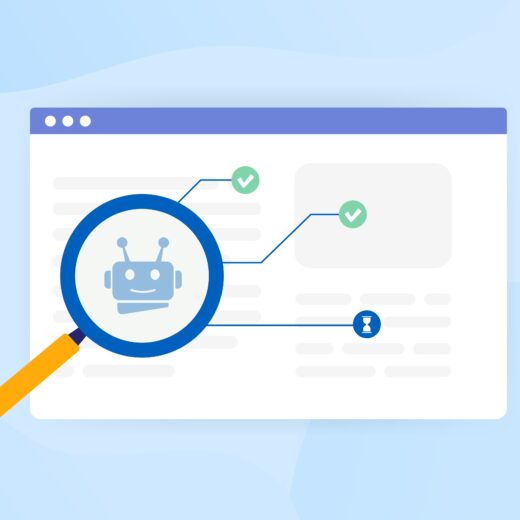How to Recover from a Ranking Drop After a Google Update

Experiencing a ranking drop after a Google update can be a stressful and disheartening situation for any website owner or SEO professional. Google’s algorithms are constantly evolving, and updates can significantly impact your site’s visibility. However, with a strategic approach, you can recover and even come out stronger. Here’s a step-by-step guide to help you navigate through the recovery process.
1. Assess the Impact
Understand the Scope of the Drop
Before diving into recovery strategies, it’s essential to analyse the extent and nature of the ranking drop. Use Google Analytics and Google Search Console to identify which pages or keywords have been affected. Determine if the drop is site-wide or specific to certain sections.
Identify the Timing of the Update
Correlate the timing of the ranking drop with recent Google updates. Google often announces major updates, so checking news from SEO blogs and forums can provide insights into which update might have influenced your site.
2. Analyse Algorithm Changes
Review Update Details
Google updates can target various aspects of SEO, such as content quality, link profiles, or technical SEO. Research the specifics of the update that coincided with your ranking drop. Understanding what Google aimed to improve with the update can help you address the right issues.
Evaluate Your Site Against Update Criteria
If the update focused on content quality, for instance, assess how well your content aligns with the new quality standards. For updates targeting link profiles, examine your backlinks for potential issues.
3. Audit and Improve Content Quality
Conduct a Content Audit
Review your existing content to ensure it meets high standards of relevance, accuracy, and depth. Check for outdated information, thin content, and areas where your content might lack depth compared to competitors.
Enhance Content Value
Update and expand your content to provide more value to users. Incorporate fresh information, add comprehensive insights, and ensure your content is engaging and well-structured.
4. Review and Refine Your SEO Strategy
Analyse On-Page SEO Elements
Ensure that your on-page SEO elements, such as meta titles, descriptions, headers, and internal linking, are optimised according to the latest best practices. Properly optimised on-page elements can help Google better understand and rank your content.
Examine Off-Page Factors
Evaluate your link profile for any potentially harmful or low-quality backlinks. Disavow any links that may be damaging your site’s credibility. Also, work on acquiring high-quality, relevant backlinks to bolster your site’s authority.
5. Optimise Technical SEO
Check for Technical Issues
Perform a comprehensive technical audit of your site to identify issues such as broken links, slow page load times, and mobile usability problems. Tools like Google Search Console, Screaming Frog, or Ahrefs can help in pinpointing these issues.
Ensure Proper Indexing
Verify that your site’s pages are being correctly indexed by Google. Use the URL Inspection tool in Google Search Console to check individual pages and resolve any indexing issues.
6. Monitor and Adjust
Track Your Progress
After implementing changes, monitor your site’s performance closely. Use Google Analytics and Search Console to track changes in traffic and rankings. Adjust your strategy as needed based on the data.
Stay Updated
SEO is an ever-evolving field. Stay informed about future updates and changes in best practices. Regularly update your site and strategies to align with the latest trends and algorithms.
Recovering from a ranking drop after a Google update requires a thorough and proactive approach. By assessing the impact, understanding algorithm changes, enhancing content quality, refining SEO strategies, and optimising technical aspects, you can work towards regaining and improving your site’s visibility. Stay patient and persistent, and remember that SEO recovery is often a gradual process.







